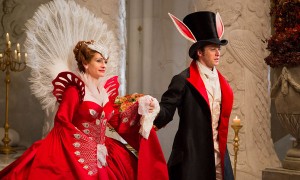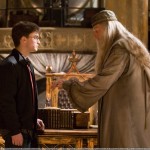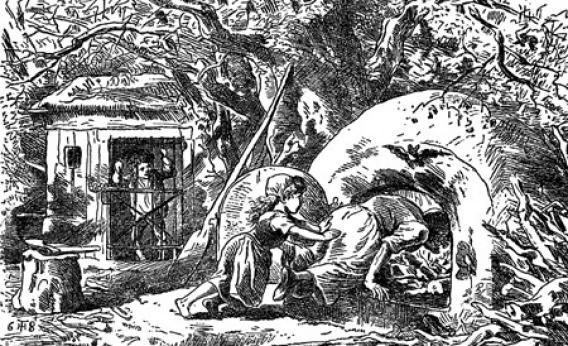
http://www.guardian.co.uk/books/2012/mar/05/five-hundred-fairytales-discovered-germany
A whole new world of magic animals, brave young princes and evil witches has come to light with the discovery of 500 new fairytales, which were locked away in an archive in Regensburg, Germany for over 150 years. The tales are part of a collection of myths, legends and fairytales, gathered by the local historian Franz Xaver von Schönwerth (1810–1886) in the Bavarian region of Oberpfalz at about the same time as the Grimm brothers were collecting the fairytales that have since charmed adults and children around the world.
Last year, the Oberpfalz cultural curator Erika Eichenseer published a selection of fairytales from Von Schönwerth’s collection, calling the book Prinz Roßzwifl. This is local dialect for “scarab beetle”. The scarab, also known as the “dung beetle”, buries its most valuable possession, its eggs, in dung, which it then rolls into a ball using its back legs. Eichenseer sees this as symbolic for fairytales, which she says hold the most valuable treasure known to man: ancient knowledge and wisdom to do with human development, testing our limits and salvation.
Here’s “The Turnip Princess”:
A young prince lost his way in the forest and came to a cave. He passed the night there, and when he awoke there stood next to him an old woman with a bear and a dog. The old witch seemed very beautiful and wished that the prince would stay with her and marry her. He could not endure her, yet could not leave that place.
One day, the bear was alone with him and spoke to the prince: “Pull the rusty nail from the wall, so that I shall be delivered, and place it beneath a turnip in the field, and in this way you shall have a beautiful wife.” The prince seized the nail so strongly that the cave shook and the nail cracked loudly like a clap of thunder. Behind him a bear stood up from the ground like a man, bearded and with a crown on his head.
“Now I shall find a beautiful maiden,” cried the prince and went forth nimbly. He came to a field of turnips and was about to place the nail beneath one of them when there appeared above him a monster, so that he dropped the nail, pricked his finger on a hedge and bled until he fell down senseless. When he awoke he saw that he was elsewhere and that he had long slumbered, for his smooth chin was now frizzy with a blond beard.
He arose and set off across field and forest and searched through every turnip field but nowhere found what he was looking for. Day passed and night, too, and one evening, he sat down on a ridge beneath a bush, a flowering blackthorn with red blossoms on one branch. He broke off the branch, and because there was before him, amongst the other things on the ground, a large, white turnip, he stuck the blackthorn branch into the turnip and fell asleep.
When he awoke on the morrow, the turnip beside him looked like a large, open shell in which lay the nail, and the wall of the turnip resembled a nut-shell, whose kernel seemed to shape his picture. He saw there the little foot, the thin hand, the whole body, even the fine hair so delicately imprinted, just as the most beautiful girl would have.
The prince stood up and began his search, and came at last to the old cave in the forest, but no one was there. He took out the nail and struck it into the wall of the cave, and at once the old woman and the bear were also there. “Tell me, for you know for certain,” snarled the prince fiercely at the old woman, “where have you put the beautiful girl from the parlour?” The old woman giggled to hear this: “You have me, so why do you scorn me?”
The bear nodded, too, and looked for the nail in the wall. “You are honest, to be sure,” said the prince, “but I shall not be the old woman’s fool again.” “Just pull out the nail,” growled the bear. The prince reached for it and pulled it half out, looked about him and saw the bear as already half man, and the odious old woman almost as a beautiful and kind girl. Thereupon he drew out the nail entirely and flew into her arms for she had been delivered from the spell laid upon her and the nail burnt up like fire, and the young bridal pair travelled with his father, the king, to his kingdom.
There are, of course, plenty of collections out there that have not been sufficiently explored and archived. Is there something unique about this one?









